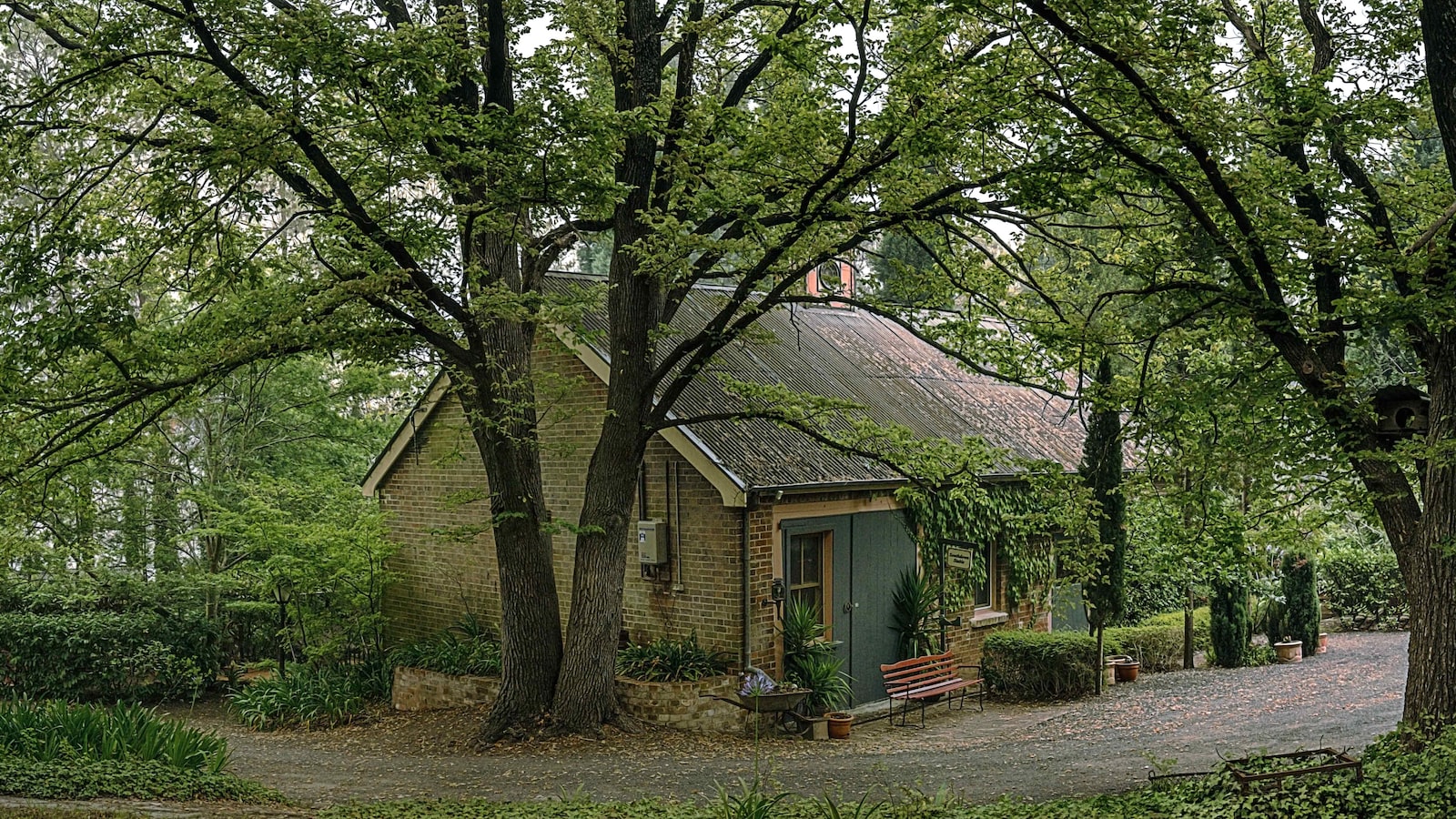
Color Theory in Interior Design: How to Choose the Perfect Palette
The use of colors in interior design is much more than just choosing what looks nice. Understanding color theory can help you create cohesive and visually appealing spaces. Knowing how to combine colors can help you achieve certain moods or effects in a room, and can also make a space look larger or smaller, warmer or cooler.
Understanding the Color Wheel
The color wheel is a tool that helps us understand how different colors interact with each other. It is made up of primary, secondary, and tertiary colors. The primary colors are red, yellow, and blue. Secondary colors are made by mixing two primary colors together. For example, green is made by mixing blue and yellow. Tertiary colors are made by mixing a primary color with a secondary color. A common example of a tertiary color is yellow-green.
When choosing colors for your interior design, you can use the color wheel to create a scheme that is harmonious, complementary, or analogous.
Harmonious Color Scheme
A harmonious color scheme uses colors that are next to each other on the color wheel. This creates a serene and peaceful feel in a room. One example is the use of shades of blue and green, which are adjacent colors on the color wheel. Other examples include yellow and orange or red and purple.

Complementary Color Scheme
A complementary color scheme uses colors that are opposite each other on the color wheel. This creates a vibrant, energetic feel in a room. For example, red and green or blue and orange. A complementary color scheme is best used in small doses or as accents, as too much can be overwhelming.

Analogous Color Scheme
An analogous color scheme uses colors that are next to each other on the color wheel, but with one dominant color. For example, blue, green, and yellow-green. This creates a cohesive and relaxing feel in a room.

Choosing a Color Palette
When choosing a color palette for your interior design, it’s important to consider factors such as the size and shape of the room, the amount of natural light it receives, and the existing furniture and accessories. Here are some tips to help you choose the perfect palette:
- Start with a neutral base: Choose a neutral color for walls, floors, or large furniture pieces as a base for your color scheme. Neutrals such as beige, gray, or white can provide a calming and timeless look.
- Add pops of color: Add one or two colors to your neutral base to create interest in the room. You can do this through accessories, artwork, or accent walls.
- Consider the psychology of color: Different colors can evoke different emotions and moods. For example, blue can be calming, yellow can be energizing, and red can be passionate. Consider the emotions you want to evoke in a room and choose colors accordingly.
- Use the 60-30-10 rule: This rule suggests using 60% of a dominant color, 30% of a secondary color, and 10% of an accent color in a room. This creates a balanced and cohesive look.
In Conclusion
Color theory is a powerful tool in interior design. By understanding the color wheel and how to use it to create harmonious, complementary, or analogous color schemes, you can create spaces that are both visually appealing and functional. Remember to consider factors such as the size and shape of the room, the amount of natural light it receives, and the emotions you want to evoke. Happy decorating!
